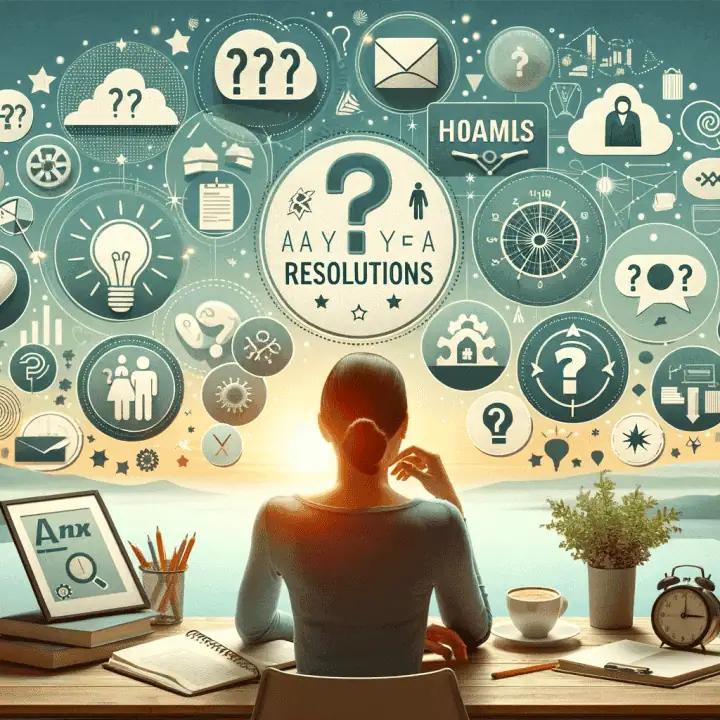An Introduction to Time Lines in Neuro-Linguistic Programming (NLP)
Time line work is an essential component of Neuro-Linguistic Programming (NLP). Originating from the pioneering efforts of Steve and Connirae Andreas, as well as John Grinder and Robert Dilts, time lines have evolved into powerful tools for introspection and personal growth. These NLP practitioners developed two main forms of time lines – internally represented and externally laid out.
Steve and Connirae Andreas initiated their approach through submodality distinctions, inviting individuals to visualise an internal line symbolising their life journey. Various colours and textures could be employed to represent different periods, and people could engage with these lines in multiple ways, such as floating above or looking out at them. Like other submodality exercises, time lines are most effective when they are vivid and easily navigable.
Concurrently, in 1987, John Grinder and Robert Dilts adopted a different methodology. They encouraged individuals to visualise a line on the ground, symbolising the person’s life from birth to the present and beyond. This external representation enabled people to physically engage with different periods, immerse themselves into specific experiences, or take a detached, meta perspective.
Contrary to some promotional efforts, time line work is not a separate entity but a versatile tool within NLP. A common misconception is the idea that revisiting a point on our time line prior to a traumatic event is enough for lasting change. This is far from the truth. While revisiting can serve as a good starting point, it’s crucial to also apply resources to the traumatic event itself, which allows us to modify our emotional response. This will be elaborated on in a future article titled “Reimprinting with Time Lines.”
What exactly is a Time Line?
A time line is a metaphorical framework that depicts how we perceive time, organise our memories, and plan for the future. This perception varies from person to person. Some may visualise the past as behind them, while others place it to one side. Time lines also differ in their levels of association or dissociation with our current experience.
Common features do exist across time lines. For example, they usually align with our eye-accessing cues, and adjustments to this alignment can often bring about emotional relief. Additionally, we can adapt our time lines to suit various life contexts, whether it’s work, family, or personal interests. Understanding your unique representation of time can empower you to make more effective decisions, plan, and live a more fulfilling life.
Learn more
Check our 10970NAT Graduate Certificate in Neuro-Linguistic Programming program.
(Note: If you would like to learn more about the New Code of NLP, you can get a copy of our latest Kindle book, ‘AEGIS: Patterns for extending your reach in life, work & leisure’ by Jules Collingwood, NLP Trainer. For only $4.99 here).
Learn more about NLP by reading our Ultimate Compendium of NLP
If you found this article useful, please share it!
Similar Posts
Subscribe Now!
Stay Up-to-Date with Our Latest Courses and Special Offers
Stay in the loop with new course releases and opportunities by completing our form. Never miss out!


